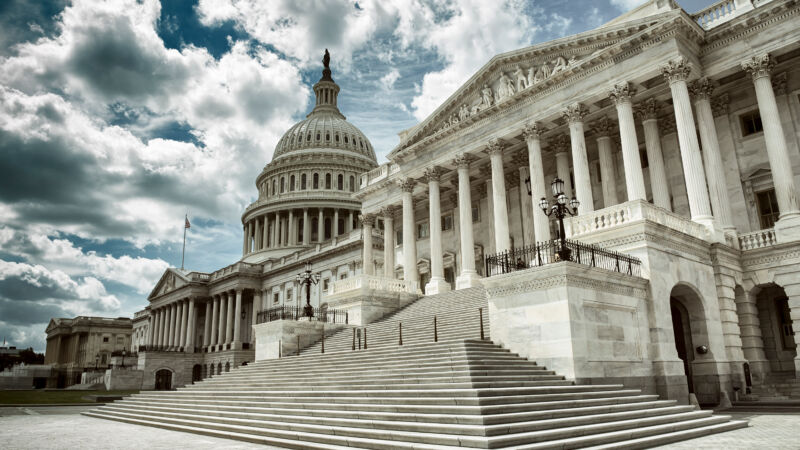During prior government shutdowns, federal services relating to payroll such as E-Verify, Form W-2 online submissions, and federal wage and hour enforcement were limited or unavailable in some capacity.
The U.S. Congress must take action by December 16, 2022, to avoid a federal government shutdown, which could affect agencies like the IRS and U.S. Department of Labor (DOL).
Funding for now. On September 30, 2022, President Biden signed a continuing resolution (CR) that temporarily funds the U.S. government through December 16, 2022. A CR is typically needed when Congress and the President do not reach an agreement on spending levels at the start of the federal fiscal year in October.
CRs help but shutdowns still occur. According to the Government Accountable Office (GAO), there were 47 CRs between fiscal year (FY) 2010 and 2022, which ranged from one to 176 days. The GAO also notes that on three occasions in FY 2014, 2018, and 2019 no CR was approved, which resulted in a federal government shutdown.
FY 2014 shutdown. In early October 2013, the federal government shut down for the first time in 17 years, resulting in many federal agencies and services being closed, suspended, or significantly cut back. The shutdown did not affect any IRS payroll-related deadlines. The IRS urged taxpayers to file electronically to help during the shutdown.
E-Verify issues. E-Verify was not available during the shutdown. This is the free service that determines the employment eligibility of new hires by comparing information from the new hire’s Form I-9 (Employment Eligibility Verification) to Department of Homeland Security (DHS) and Social Security Administration (SSA) records.
Some Form W-2 submissions also affected. Also, the due date for submitting Form W-2 (Wage and Tax Statement) files on the SSA’s Business Services Online (BSO) was delayed during this government shutdown.
Wage and hour enforcement halted. While the DOL continued essential functions during the FY 2014 shutdown (i.e., unemployment benefits), its Wage and Hour Division (WHD) provided no enforcement activities (see The Government Shutdown — What Does it Mean to You? 10/13/2013).
FY 2019 shutdown more of the same. During the FY 2019 government shutdown, E-Verify and its services were again unavailable for the duration of the event (E-Verify and E-Verify Services Unavailable During Government Shutdown, 01/03/2019). This included a suspension of the “three-day rule” for creating E-Verify cases and extended the time period during which employees may resolve Tentative Nonconfirmations (TNCs) during the shutdown.
Employers still had to verify employees. However, employment eligibility requirements remained in effect during the shutdown, and employers were still required to complete Form I-9 no later than the third business day after an employee begins work and to comply with I-9 requirements (see Payroll Guide ¶20,385).
Prior lockdown affected comment period on proposed rulemaking. During the FY 2019 government shutdown, the National Labor Relations Board (NLRB) further extended the comment period on its then-proposed joint-employer rule. But since the Office of the Federal Register was affected by the shutdown, it was unable to publish the extension and the NLRB used other options to make the notification (NLRB Further Extends Comment Period on Proposed Joint-Employer Rule, 01/17/2019).
On September 6, 2022, the NLRB released a notice of proposed rulemaking again regarding the standard for determining joint-employer status. The comment period ended in November 2022, so it is not likely that the NLRB would need to extend its comment period should there be a government shutdown.
The DOL is currently soliciting comments on its proposed worker classification rule with a comment period that will end on December 13, 2022. Unless these agencies announce further comment periods, it is unlikely that either agency will need to make adjustments regarding comments.
However, if agency employees are not working due to a shutdown, there could be delays in the release date of final rules for joint employers and worker classification.
Lawmakers working on solution but a shutdown is still possible. According to the November 29, 2022, Thomson Reuters Tax blog post, there are discussions by some Democratic leaders on extending the current CR for one more week to December 23, 2022. If there is no agreement on an extension of a funding measure by December 16, 2022, the federal government will shut down, and employers and payroll professionals should prepare for some of the similar issues from past shutdowns to occur again.













